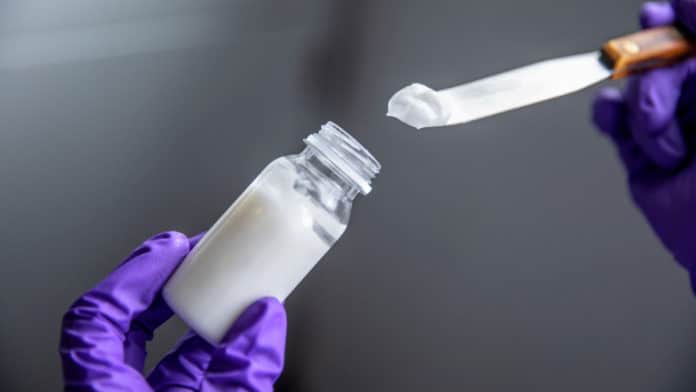Cornell food scientists have recently created a new low-calorie spread from mostly out of water. The created gel-in-gel water-in-oil (W/O) high internal phase emulsions (HIPEs) that feature high stability by structuring both phases of the emulsion.
The spread contains 80% water in 20% oil. Scientists figured out a new procedure to emulsify a lot of water with minuscule drops of vegetable oil and milk fat to mimic butter, at around one-fourth the calories of real butter and without any artificial additives.
Alireza Abbaspourrad, the Yongkeun Joh Assistant Professor of Food Chemistry and Ingredient Technology, said, “Imagine 80% water in 20% oil, and we create something with the consistency of the butter, with the mouthfeel of butter and creaminess of butter.”
“Emulsifying water and oil is nothing new, but by using high-internal phase emulsions (HIPE), we keep adding water to that oil until the final composition is 80% water and 20% oil.”
A tablespoon of this low-calorie spread has 2.8 grams of fat and 25.2 calories. Butter then again, which is 84% fat and about 16% of water, has around 11 grams of fat and almost 100 calories.

Utilizing the HIPE procedure, when water and oil are emulsified in a 3-to-1 ratio, the emulsion looks like spheres. In any case, when the water-to-oil proportion is 4 to 1, the circles start to misshape and pack firmly against each other.
Abbaspourrad said, “They start squishing against each other, and the squishing and packing results in high friction. They can’t slide easily anymore. They can’t flow anymore. It’s firm, as you’ve created something with the consistency of butter spread.”
Lead author Michelle C. Lee, a doctoral candidate in Abbaspourrad’s research group, said, “The demand for low-fat, high-protein products has rapidly increased due to consumers’ growing health awareness. Since the HIPE technology features high water-to-oil ratios – while simultaneously delivering unique texture and functionality – it can play a role in providing healthier solutions for consumers.”
Abbaspourrad said, “We can add milk protein or plant-based protein, and since the water acts as a carrier, we can adjust for nutrition and load it with vitamins or add flavors.”
“Essentially, we can create something that makes it feel like butter – and instead of seeing a lot of saturated fat, this has minute amounts. It’s a completely different formulation.”
Other co-authors od the study include postdoctoral researcher Chen Tan and doctoral candidate Raheleh Ravanfar. Support for this research came from the New York State Dairy Promotions Board.
The discovery is published in June in the American Chemical Society’s journal Applied Materials and Interfaces.
